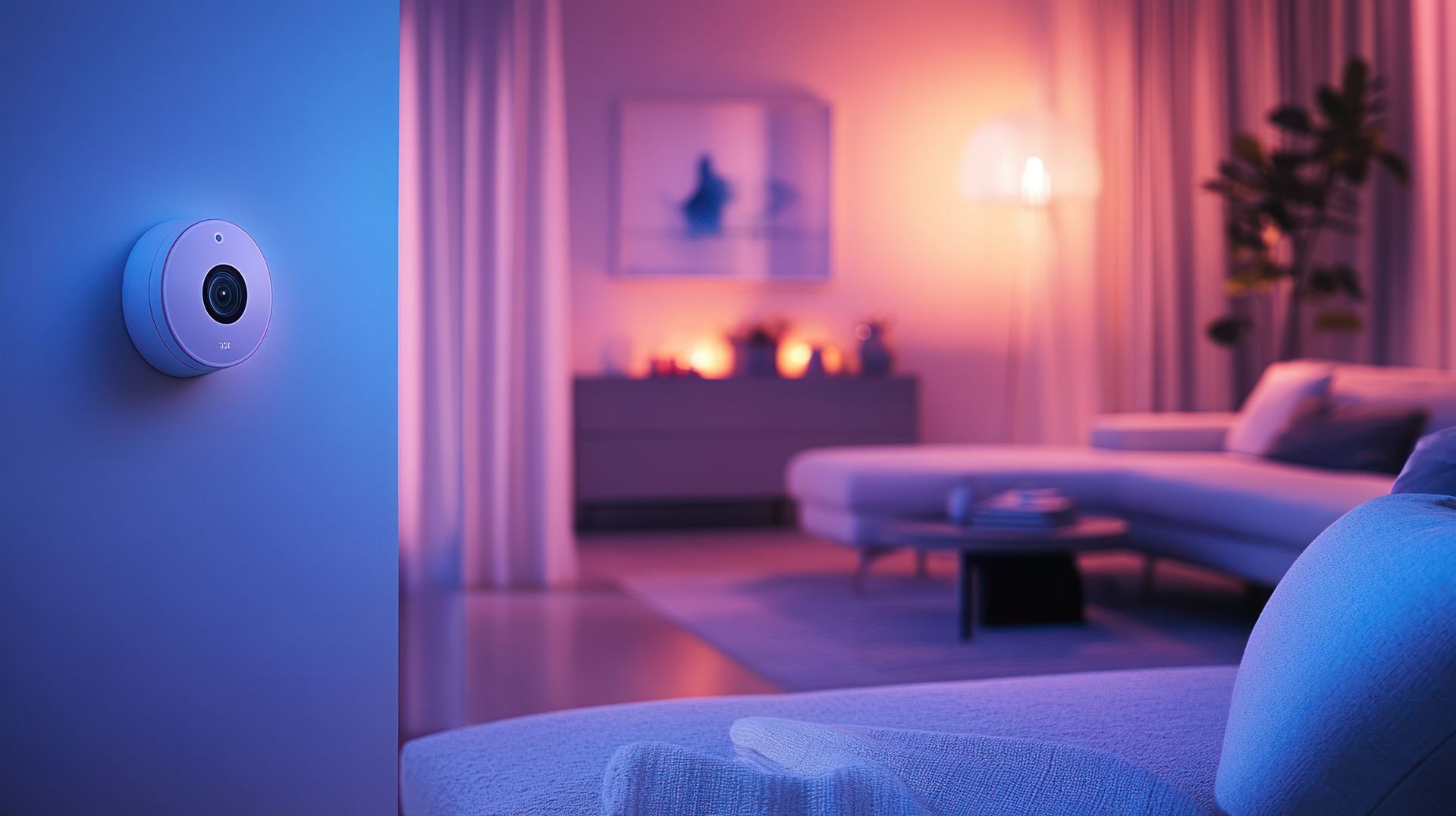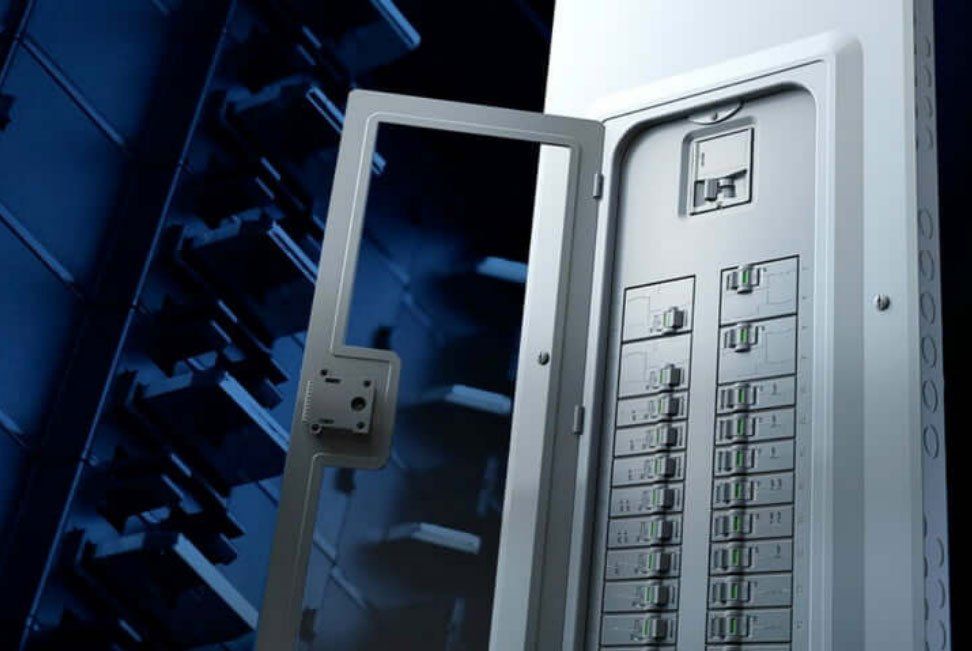Why Do Circuit Breakers Trip? Common Causes and Fixes
November 1, 2024
Circuit breakers play a crucial role in your home’s electrical system, acting as a safety mechanism to prevent electrical fires and equipment damage. When a circuit breaker trips, it’s doing its job to cut power to a circuit experiencing an issue. But why does this happen? Let’s explore the common causes of tripped circuit breakers and how to address them.
Common Causes of Tripped Circuit Breakers
- Overloaded Circuits An overloaded circuit is the most frequent reason for a tripped breaker. This happens when the demand for electricity exceeds the circuit’s capacity. For example, plugging too many high-wattage devices into the same outlet can overload the circuit.
Signs of an Overload:
- Flickering lights
- Warm outlets or cords
- The breaker trips repeatedly
- Short Circuits A short circuit occurs when a hot (live) wire comes into contact with a neutral wire, causing a surge of electricity. This is a serious issue that can result in sparks, smoke, or even fire.
Signs of a Short Circuit:
- A burning smell near outlets
- Scorch marks on outlets or wires
- Immediate breaker tripping after resetting
- Ground Faults Ground faults occur when a hot wire touches a grounded surface, such as a metal outlet box. Similar to short circuits, ground faults create an electrical surge, tripping the breaker.
Signs of a Ground Fault:
- Breakers tripping in areas with high moisture, like bathrooms or kitchens
- GFCI (Ground Fault Circuit Interrupter) outlets constantly resetting
- Arc Faults An arc fault happens when there’s an unintentional discharge of electricity due to damaged or loose wiring. This is dangerous because it can lead to electrical fires.
Signs of an Arc Fault:
- Crackling or sizzling sounds near outlets
- Frequent breaker trips even under light loads
- Faulty Appliances Sometimes, the issue isn’t the circuit but the appliance connected to it. A malfunctioning appliance can draw excessive current or cause a short circuit, leading to a tripped breaker.
Signs of Faulty Appliances:
- Breaker trips when a specific appliance is in use
- The appliance feels unusually hot or emits a burning smell
How to Fix a Tripped Circuit Breaker
- Identify the Cause Start by unplugging all devices and appliances on the affected circuit. Reset the breaker and observe whether it trips again. Gradually reconnect devices to identify the culprit.
- Avoid Overloading Spread high-wattage devices across multiple circuits to prevent overloads. Consider upgrading your electrical panel if your household’s power needs have increased.
- Inspect for Damage Look for signs of damaged outlets, scorched wires, or a burning smell. If you suspect a short circuit, ground fault, or arc fault, call a licensed electrician immediately.
- Upgrade Your System Installing GFCI or AFCI (Arc Fault Circuit Interrupter) breakers can enhance safety, especially in moisture-prone or high-risk areas.
- Replace Faulty Appliances If an appliance is causing the breaker to trip, discontinue its use until it can be repaired or replaced.
When to Call a Professional
If your circuit breaker continues to trip despite your efforts to fix it, it’s time to consult Purefoy Electric. Persistent breaker trips can indicate underlying issues that require expert attention. Call us now to schedule an appointment.















